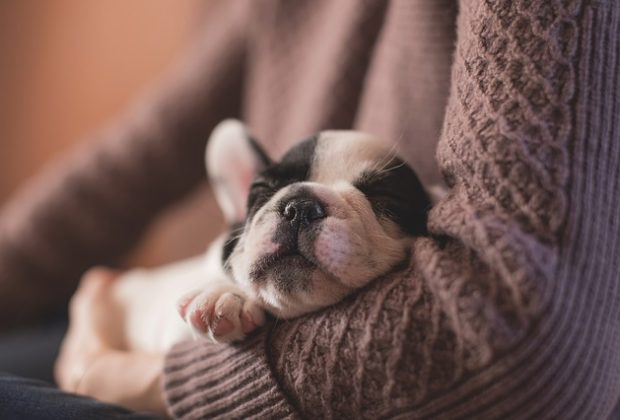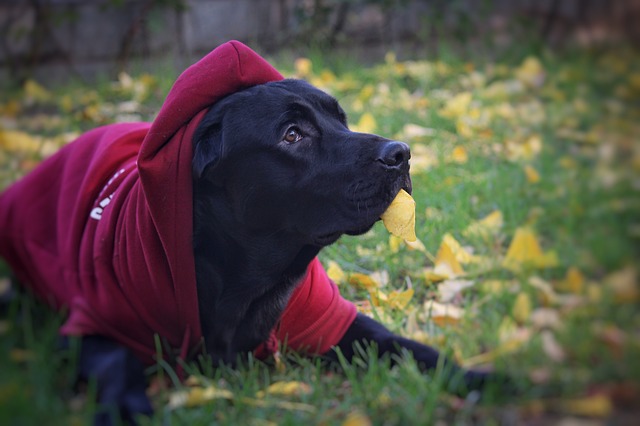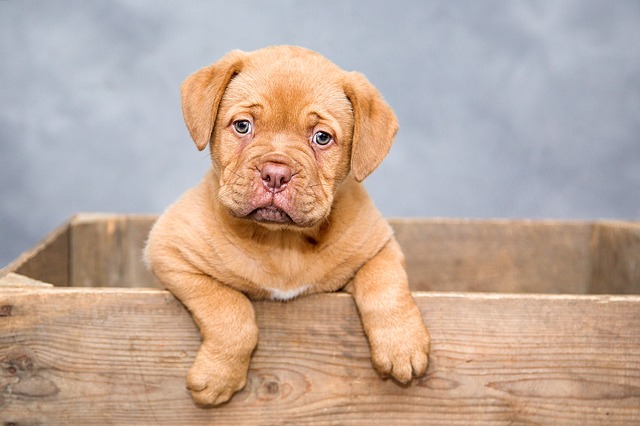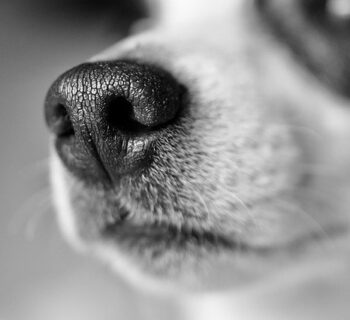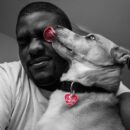If you’ve ever seen your snoozing dog twitch in his sleep and wonder why he does so, understand that this behavior is entirely normal. Many dogs do this, and veterinarians and dog experts agree that it is typical behavior and not one you should worry about, at least most of the time.
So, why do dogs twitch in their sleep?
Twitching may be slightly different in some dogs, but generally, it involves the sudden movement of the feet during sleep. In this state, the body may start to quiver and twitch, creating the image of a dog running or chasing something in his sleep. You may also hear some sounds while he quivers and twitches.
Table of Contents
What Causes a Dog to Twitch While They Sleep?
According to researchers and vets, dogs twitch in their sleep because they are dreaming, hence a normal behavior that you probably shouldn’t be worried about if you currently are.
Like us, our dogs have a sleep cycle. They go through three sleep stages comprising the NREM: Non-Rapid Eye Movement, REM: Rapid Eye Movement, and the SWS: Short Wave Sleep.
During the REM stage, sleep is typically deeper, and when your dog gets to this stage, it is starting to dream. These experts believe that during this stage of sleep, your dog acts on his dreams by moving or twitching all of his paws just like he would if he was chasing a little cat or rabbit.
Although the reason for this is largely unclear, research has shown that twitching in sleep occurs more commonly in puppies and senior dogs. Dogs within this range tend to move more in their sleep than adult dogs. If you sleep with your dog nearby, it may not be unusual for you to get woken up by your dog’s jerky paw movement.
What Happens In the REM State of Sleep?
During this REM state of sleep, you’ll notice his eyes moving behind the closed eyelids. In this same state, the large muscles responsible for moving the body around are turned off; otherwise, you’d find your dog acting out his dreams.
According to experts, the pons, a protrusion located high up the brainstem, contains two little “off” and “on” switches responsible for muscle control.
If either of them grows weak because of aging or is not fully developed, then the muscles will not be fully turned off or on during the REM state, which can cause twitching. How much movement the muscle allows depends on the state of the switches.
Also, contrary to popular belief, your dog’s activity level will not determine the frequency of the twitches. And although many pet owners say they notice their puppies moving more in their sleep, the topic is yet to be researched extensively. Plus, it’s hard to tell if new puppies truly dream and twitch more than the adult dog, or you are simply a bit fussier with them than the much older and bigger dogs and so notice these behaviors more.
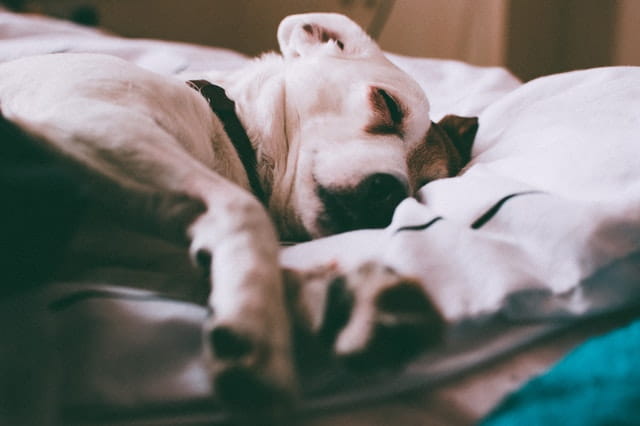
How Often Do Dogs Dream?
Dogs dream more frequently than most pets, and if you own an average-sized dog, he may dream about every 20 minutes, with each dream lasting about a minute. You can tell your dog’s dreams have begun when you notice his breathing becomes irregular. You’ll also see his eyes moving behind the closed lids.
While a large dog e.g. a GSD, will be in a dream state about every 45 minutes and each dream lasts up to 4 minutes, a Boston terrier may dream every ten minutes, with each dream usually lasting less than 30 seconds. In this dream state, your dog may twitch or quiver.
When to Worry About Sleep Twitching
Although twitching in sleep may not always be a cause for concern as it can be a natural behavior, there are cases where the behavior may need to be looked into.
If your canine’s twitching becomes excessive or frequent enough to deprive him of quality sleep, then you should start actively trying to find out why.
Like us, dogs can suffer from sleep disorders like narcolepsy, so if you feel that your dog’s twitching is excessive and impeding his sleep, consult your vet about it. While occasional twitching is normal and usually nothing to bother about, it could be a sign of an underlying health condition if your dog constantly cannot sleep from excessive twitching.
Also, if your canine twitches while awake, it could be another sign of an underlying health condition deserving of a vet’s visit.
Conditions That Could Cause Your Canine to Twitch
If your dog twitches more than expected, it may result from a neuromuscular condition such as seizure activity, tick paralysis, or electrolyte imbalance from malnourishment.
Again, like us, dogs also have nightmares, and your dog’s twitching might result from a nightmare. If you suspect this to be the case, speak calmly to your dog to reassure him any time he wakes.
Another reason your dog may twitch could be because of a drop in temperature. Your dog may twitch in an attempt to stay warm while asleep. If you discover his twitching is cold-related, you can either increase the heat or get him covered with a blanket that is thick enough to keep him warm.
Knowing the Difference between Twitching and a Seizure
Seizures and sleep twitching are two different reactions. With sleep twitching, your dog might make some jerky movements with its limbs and then go back to sleep. In this state, he is still very much alert and will wake if you call out his name.
However, with seizures, your dog’s body stiffens, trembles, and then locks up. He may also pant excessively and lose consciousness and so will not hear you when called. If your dog’s paddling degenerates into complete body shakes, he may be having a seizure. It is also an emergency if your dog loses control of his bowel or bladder, froths, or vomits without an apparent cause.
Another way to tell if your dog’s twitches are normal is by trying to wake him up after you find him twitching. If he doesn’t wake up or looks confused when he finally wakes, it may be a sign that a seizure just occurred and should be looked into.
As a pet parent, you should monitor your dog’s twitching to be able to tell the difference between a regular harmless twitching and a convulsion. Ensure you consult a vet if you suspect the latter or feel your canine’s twitching bouts are more frequent than you believe is normal.
At the Vets
Your vet will take a complete health history and perform a neurological and physical exam to decide whether your dog's twitching has a serious underlying cause. He may also recommend blood work to be certain your dog's electrolyte levels and other body vitals are within the normal range.
That said, if your dog twitches more than you think is normal, don’t overreact or panic. It is likely non-threatening, and even if it isn't, rousing him in that sleep-twitch state could cause your dog to react aggressively. Keep a distance and call out his name to wake him before getting him back to bed again.
Does your dog twitch in his sleep? If yes, how have you been reacting to this behavior? We’d like to know, share in the comment section.
About the Author
Kirsten Heggarty
Kirsten created The Pet Handbook with the aim of sharing her knowledge about pets, pet food, healthy habits, and more. All of her advice is based on years of her own experience with her pets, and feedback that she has received from grateful readers about her tips. If you want to know more please read the About Me page.

